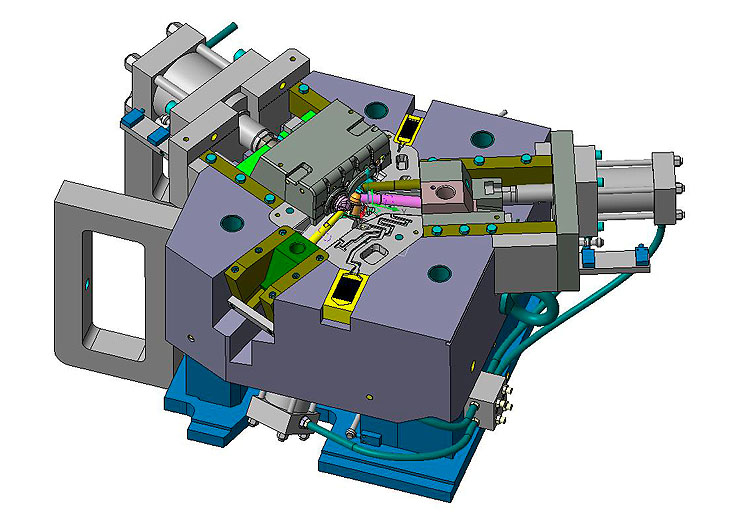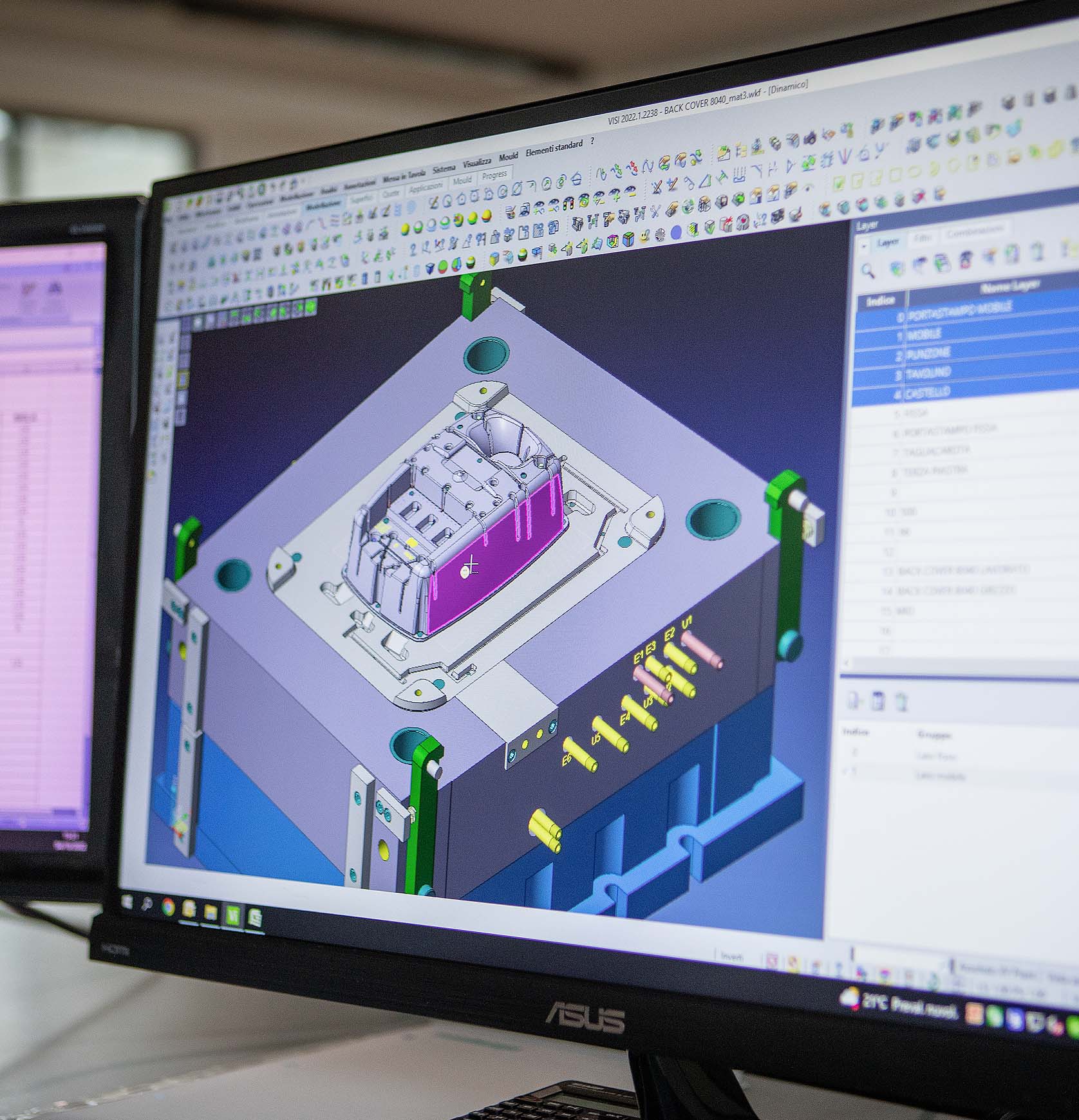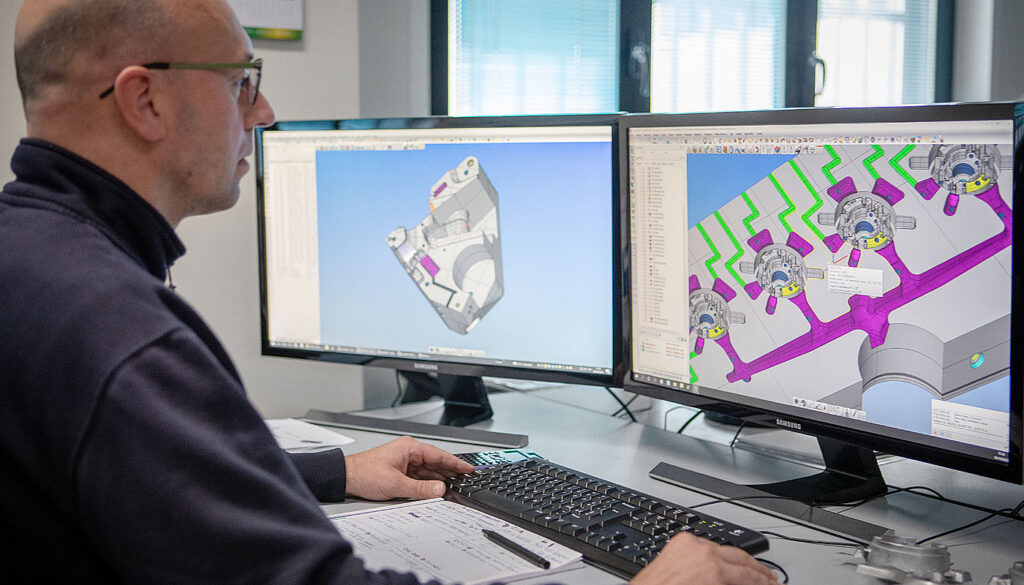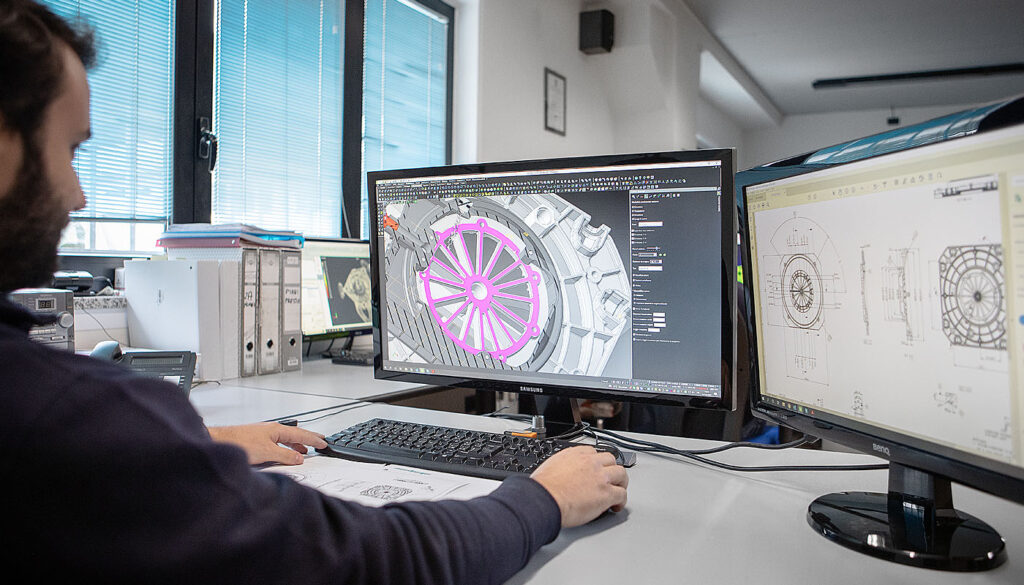Our internal design office is the first and most important step to produce a die-casting mould. Our technicians work together to study and realize the most suitable solutions to satisfy our clients’ demands. In order to achieve these competences, Pialorsi Stampi keeps investing on their capability to quickly intervene in solving problems that can occur. The know-how acquired is for us a valuable resource to support our clients during the feasibility analysis of product and process, and to offer an after-sales technical support.
We use the best hardware and software technologies to produce our die-casting molds.



